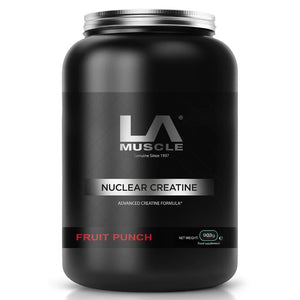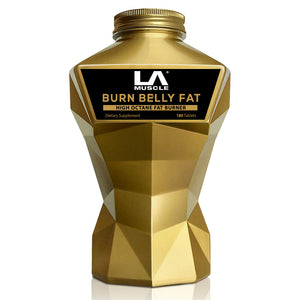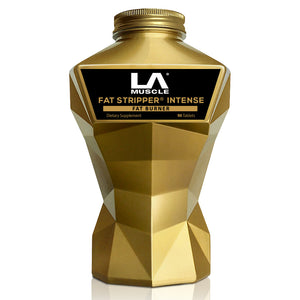
Shoulder pain is one of the most common complaints among those who engage in pressing exercises, whether on the bench press, overhead press, or push-ups. It’s no surprise—the shoulder joint is incredibly complex and versatile, but this also makes it prone to injury and discomfort when not properly cared for. To press pain-free and protect your shoulders for the long term, here are three essential rules to follow.
1. Master Proper Form and Alignment
The foundation of safe and effective pressing lies in your technique. Improper form can place undue stress on the shoulder joint, rotator cuff, and surrounding muscles. Here are the key principles of alignment for pain-free pressing:
Neutral Shoulder Position-
Keep your shoulder blades (scapulae) retracted and slightly depressed throughout the movement. This stabilises the shoulder joint and reduces stress on the rotator cuff.
-
Avoid shrugging your shoulders or allowing them to roll forward during the press.
-
For a bench press, ensure your elbows are at a 45- to 75-degree angle relative to your torso, rather than flaring out to 90 degrees. This position minimizes strain on the shoulder joint.
-
In an overhead press, your elbows should remain directly under your wrists throughout the movement, creating a vertical pressing path.
-
Avoid overstretching at the bottom of the press. For example, during a bench press, the bar should touch your chest lightly without your shoulders collapsing forward.
-
For overhead pressing, stop before your lower back arches excessively, as this often indicates poor shoulder mobility or core engagement.
2. Prioritise Mobility and Warm-Up
Stiffness and tightness in the shoulders and surrounding areas can lead to compensation patterns that increase the risk of injury. Before pressing, dedicate time to improving mobility and activating the muscles involved.
Dynamic Warm-Up-
Perform dynamic stretches like arm circles, scapular push-ups, or wall slides to increase blood flow and prepare the shoulder joint.
-
Include thoracic spine mobility drills, such as cat-cow stretches or foam rolling, to support proper pressing posture.
-
Use light resistance bands or dumbbells for exercises like face pulls, external rotations, and Y-T-W raises. These activate the rotator cuff and stabiliser muscles, ensuring they’re ready to support heavier pressing movements.
-
Incorporate shoulder mobility drills into your regular routine. Exercises like doorway stretches or hanging from a pull-up bar can improve range of motion and decompress the shoulder joint over time.
3. Progress Intelligently and Strengthen Supporting Muscles
Overloading your pressing movements without proper progression is a recipe for injury. Equally important is ensuring your shoulder’s stabilizing and supporting muscles are strong enough to handle the load.
Gradual Overload-
Increase weights progressively, adhering to the principle of incremental load increases (e.g., 2.5-5% per week).
-
Incorporate deload weeks or lighter sessions to allow your shoulders to recover and adapt.
-
Regularly include rotator cuff strengthening exercises like external rotations, internal rotations, and prone shoulder extensions in your routine.
-
Use light weights (2-5 pounds) or resistance bands to ensure controlled movements and avoid compensatory patterns.
-
To prevent muscular imbalances, balance pressing exercises with pulling movements like rows, pull-ups, and face pulls.
-
Aim for a 1:1 ratio of pushing to pulling exercises in your training program to promote healthy shoulder mechanics.
-
Strengthen your core and scapular stabilisers with exercises like planks, farmer’s carries, and serratus anterior push-ups. A stable base ensures efficient force transfer and reduces stress on the shoulders during pressing movements.
Shoulder pain during pressing exercises is often preventable with the right approach to form, mobility, and training. By mastering your technique, prioritising mobility and activation, and strengthening supporting muscles, you can press safely and effectively. Consistency is key—taking the time to build solid foundations now will pay dividends in the long run, helping you stay pain-free and achieve your fitness goals.


























